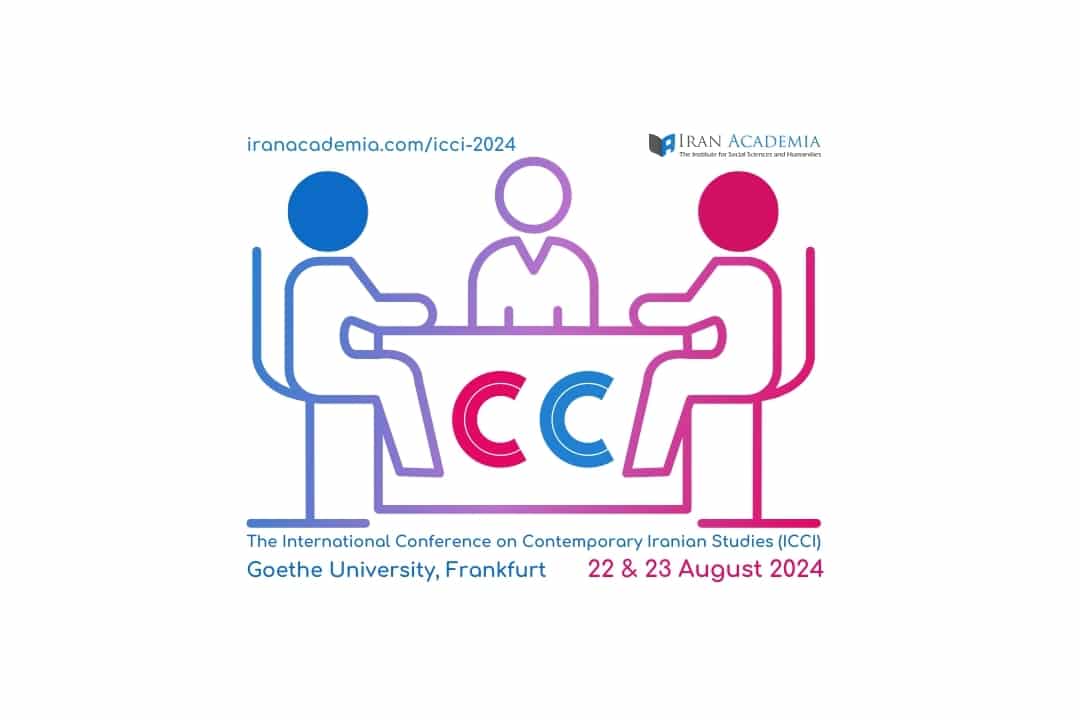Aharon Vardanyan
Sociolinguistic Situation in Xalxāl
Moderator: Iqan Shahidi
Abstract
Aharon Vardanyan
Sociolinguistic Situation in Xalxāl
Sociolinguistic situation in Xalxāl Abstract This article investigates the sociolinguistic situation in Shāhrūd district, Xalxāl region in Ardabil state, Islamic Republic of Iran (IRI). During my fieldwork in 2013-2014 and 2019 in this region some rich linguistic and ethnographic material was collected and studied. As a result of the analysis and research, the following conclusions can be done. Though Turkic dialects are spread in Xalxāl region, they are spoken in Shāhrūd district very little. The latter has 34 villages. My research was carried out in 19 of them (Asbū, Askestān, Derav, Kolūr, Šāl, Dīz, Ğšlaq-e Dīz, Gilavan, Čšlaq-e Gīlāvān, Xāneqah-e Gīlāvān, Karīn, Lerd, Tīl, Kehel, Kehel-Dašt, Ţāhārom -Dašt, Gelāvrzān, Gandomābād, Deylāmābād). It can be surely said that the inhabitants of these 19 villages speak their mother tongue. i.e. New Azari dialects, Persian and Aturpatakani Turkic. Of course, New Azari dialects, depending on some non-linguistic features, such as urbanization, globalization, etc., are gradually dying and will soon become a dead one, however, they are still alive in Xalxāl region. The speakers of this dialect, according to their age and habitat, can be divided into some groups: 1) People, who speak New Azari Dialects as their mother tongue and do not know Persian well. They speak the local Turkish dialect elementally. Mostly they are older than 70 years of age. 2) People, for whom new Azeri Dialects are a mother tongue. In parallel, they speak Persian and Turkish dialects. They are older than 40. 3) Group of people who speak New Azari dialects but cannot figure out which language is their mother tongue — Persian or local dialects. For these people Turkish, as well as Persian, is a language of communication with neighboring villages and districts. That’s why they speak Turkish fluently. Here we deal with people of 25-40 years old. 4) And, finally, people, who speak Persian as a mother tongue and not the New Azari dialects. They, without any doubt, know the local dialects, but define it as “the language of our grandparents”. Turkish is not spoken widely. Here we are faced with people under the age of 25. So, in this paper wе will try to find out how New Azari dialects are preserved and how they go along with Turkic and Persian languages among people of different ages.



